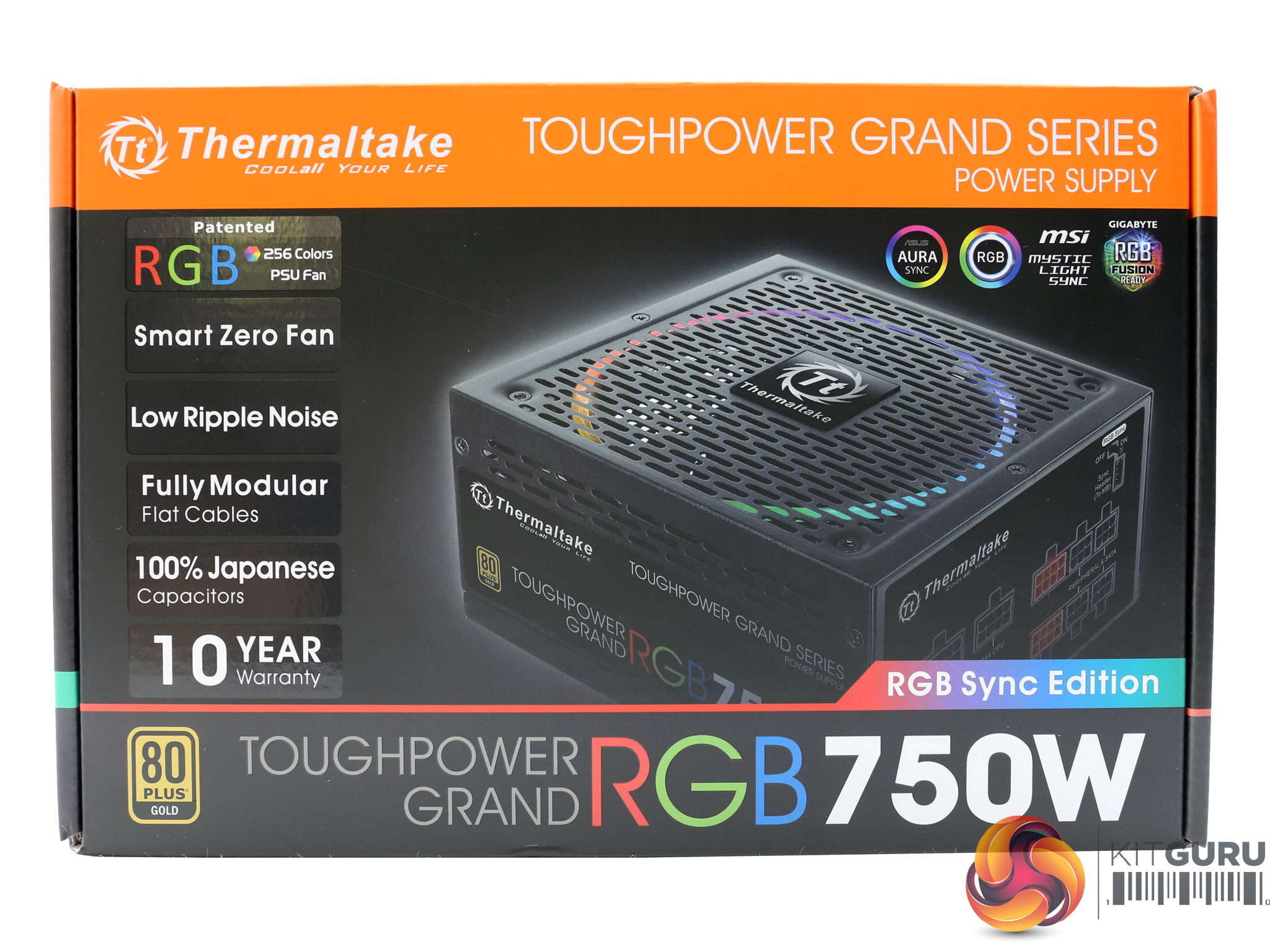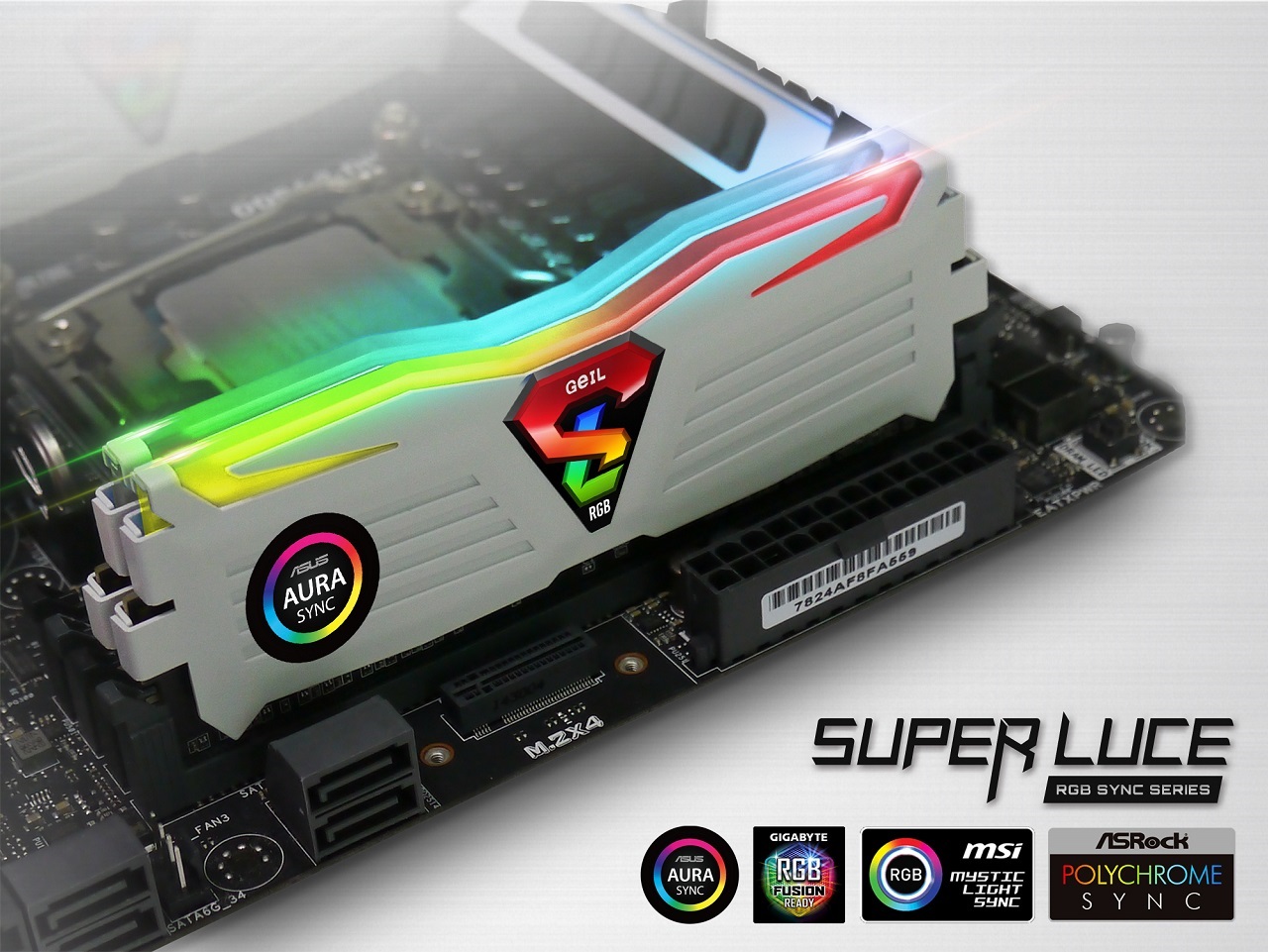
- #Playstation 2 board pure rgb sync serial numbers#
- #Playstation 2 board pure rgb sync serial number#
- #Playstation 2 board pure rgb sync mod#
- #Playstation 2 board pure rgb sync full#
- #Playstation 2 board pure rgb sync series#
Unfortunately despite its new look and less shelf space needed this is a cost reduced machine and many capabilities were omitted. Removing the tabs as in the original model to allow JP games to be played is achieved largely the same way. It’s a much smaller and sleeker machine much more in the style of the Japanese and PAL models then the NA version.
#Playstation 2 board pure rgb sync mod#
This model may also be harder to mod with a lockout disable switch and a 50/60htz switch for PAL games due to smaller chips but I have not confirmed this yet. As far as I know works with most add-ons for the original model. The SNES mini is not quite as well known and I still encounter many casual gamers around my age that have never heard of it. Unfortunately the yellowing of the plastic shell is a problem all SNES consoles suffer from due to the nature of the plastic used.


1chip boards should actually have “1chip” printed on the board.Īnd here is another non 1-chip board from my other version 1 SNESĪ second cost reduced version of the SNES came out in 1997 and was known as the SNES Mini, SNES Jr.
#Playstation 2 board pure rgb sync serial number#
As you can see my serial number starts with UN1 and inside my motherboard is labeled SHVC-CPU-1. The serial number can be found on the underside of the unit.
#Playstation 2 board pure rgb sync serial numbers#
1chip SNES’s tend to have serial numbers starting with UN3. There’s no sure way to tell what motherboard revision your SNES has unless you open it up and look inside. This redesign improved picture sharpness but introduced some other issues such as minor graphical glitches to some games. The 1chip design consolidated several of the chips and is the same layout used in the SNES Mini. The last version of the original SNES’s are known as 1chip motherboard SNES’s. As these changes happened A/V quality, especially if your using RGB improved. These changes were mostly just small refinements of the internal motherboard design. The original model did go through several small internal changes through its life cycle and these changes did have a small effect on the machine. If you want to see an example of this there’s an image at RetroRGB here. I’ve read that early Japanese models do not have this issue and later production NA models have it to a lesser degree. In the workshop sections of that game a large portion of the screen is black and you can notice a sort of “band” running down the center of the screen that I found a little distracting. I first noticed it when playing the game Robotrek. This is especially prevalent in dark scenes. Its a little hard to capture and explain but basically its a sort of distortion that sometimes can be seen running down the center of the screen. Japanese Super Famicom taken from Wikipedia Commons under fair useĪnother not very well documented issue with the SNES is the “middle light bar” or “vertical line issue”.
#Playstation 2 board pure rgb sync full#
I’m full of nostalgia for the thing so to me the site fills me with fond memories but to be realistic it’s not the sleekest looking machine especially when you compare it with the look of its Japanese and European counterpart. The one negative thing I can think of off the bat is its kind of ugly. Its also fairly easy to find someone online to perform a lockout switch disabling mod and a 50/60mhz switch mod to allow one to play European PAL games on a North American SNES. The inner tabs can easily be removed to allow the use of JP game carts as demonstrated here. The original model SNES is also fairly easy to modify. It has a nice little red LED power light and is pretty durable. This model is pretty capable, it supports a wide variety of A/V outputs via the rear multi A/V and RF port from RF to RGB. Many of us may even still have one laying around from the ’90s. It’s fairly easy to find and can be had for about $50 or under depending. This was the model sold in NA from 1991-1997 and the one most retro gamers are familiar with. The most common is the model pictured above. So first we should go over the SNES consoles available before we compare. I’ll be covering the North American systems here since there’s really no significant difference except for form factor and the NA SNES seems to be the best “universal” system.

#Playstation 2 board pure rgb sync series#
For the first console I’m going to look at in this series I’ve picked one of my all-time favorites, the Super Nintendo. In this series I’m going to pick a console and examine the different versions released and try to decide on the best one overall. Sometimes the early version of a console is most desirable because of extra features or abilities that were later cut to save costs and sometimes later revisions with more refined internals and bug corrections are the models to get. Sometimes these revisions are all internal but many times they are also external. Usually when a gaming console comes out it goes through several revisions in its life.


 0 kommentar(er)
0 kommentar(er)
